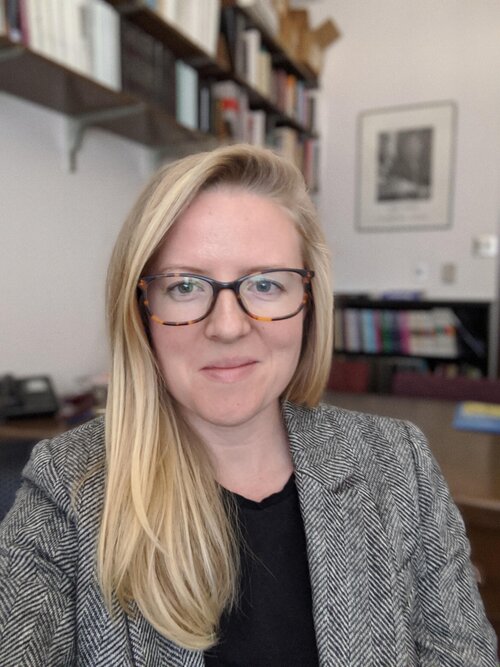Biography
I am an anthropological archaeologist who studies human-animal relationships throughout the Americas, with a specific focus in the United States Southwest. My research has spanned the last 4,000 years of the human past, ranging geographically from New Mexico, Arizona, California, Guatemala, and Mexico. The majority of my research focuses on (1) the many ways that animals were a part of the ritual lives of people, their symbolic value, and their place in worldview, and (2) the active role that living animals and animal products played in situations of emerging social complexity.
Much of my work has focused specifically on the importance of birds in the lives of past peoples. My current research examines their value in the Pueblo region of the United States Southwest, specifically in Chaco Canyon, New Mexico (800-1150 CE). I approach my research from a zoontological perspective, acknowledging the mutually-influential nature of human-animal interactions in the past. Consequently, I have also explored the ways in which animal agency constrained and affected human-bird interactions. In addition to conducting fieldwork, I am dedicated to working extensively with museum collections, archival documents, and legacy data. My research has been supported by grants from the National Science Foundation and the National Geographic Society.
I am fortunate to be involved in many collaborative projects, on such topics as agricultural strategies, soil salinity, and water control in Chaco Canyon; the value of historic legacy collections and archival data in archaeological research; the pan-Southwest significance of macaws; and the Agricultural Demographic Transition in the New World.
Research Interests
Zooarchaeology; Social Zooarchaeology; United States Southwest; Mesoamerican archaeology; human-animal relationships; avifauna; ritual; iconography, symbolism, and prehistoric art; social and ceremonial organization; diet; collections-based research, legacy collections and data, and archival research.
Education
B.A., University of Virginia, 2011
M.A. University of California, Los Angeles, 2014
Ph.D. University of California, Los Angeles, 2019
Courses Taught
ANTH 450 - Zooarchaeology
ANTH 399- Archaeology of the American Southwest
ANTH 105- World Archaeology
Additional Campus Affiliations
Assistant Professor, Program in Medieval Studies
Affiliate, Carl R. Woese Institute for Genomic Biology
Recent Publications
Hanson, K. E., Fladd, S. G., Oas, S. E., & Bishop, K. J. (2024). The Social Construction of Backdirt in Chaco Archaeology. Journal of Field Archaeology, 49(2), 129-139. https://doi.org/10.1080/00934690.2024.2307122
Bishop, K. J., Fladd, S. G., & Watson, A. S. (2023). Reassessing a Century of Excavation Data and Faunal Remains from Chaco Canyon. In S. E. Nash, & E. L. Baxter (Eds.), Pushing Boundaries in Southwestern Archaeology: Chronometry, Collections, and Contexts (pp. 278-296). (Proceedings of the Southwest Symposium). University Press of Colorado. http://www.jstor.org/stable/jj.608080.22
Bishop, K. J. (2022). Bird Behavior and Biology: The Agentive Role of Birds in Chaco Canyon, New Mexico. In M. L. Smith (Ed.), The Power of Nature: Archaeology and Human-Environmental Dynamics (pp. 163-186). University Press of Colorado. http://www.jstor.org/stable/jj.608081.12
Plog, S., Bishop, K. J., Kennett, D. J., Fladd, S., & Harper, T. K. (2022). Scarlet Macaws, Ritual, and Sociopolitical Organization in Chaco Canyon, New Mexico. In C. W. Schwartz, S. Plog, & P. A. Gilman (Eds.), Birds of the Sun: Macaws and People in the U.S. Southwest and Mexican Northwest (pp. 100-127). (Amerind Studies in Archaeology). University of Arizona Press. https://doi.org/10.2307/j.ctv29sfpn5.9
Lesure, R. G., Sinensky, R. J., Schachner, G., Wake, T. A., & Bishop, K. J. (2021). Large-Scale Patterns in the Agricultural Demographic Transition of Mesoamerica and Southwestern North America. American Antiquity, 86(3), 593-612. https://doi.org/10.1017/aaq.2021.23
